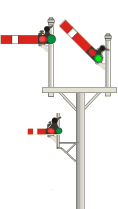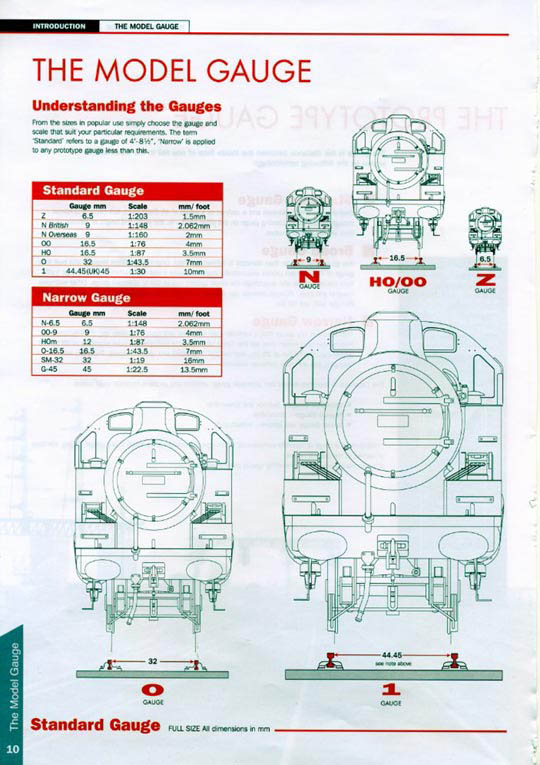


In my first foray into railway modeling, I built an 'OO' Gauge layout, all of the stock was Ready to Run. In other words, all the locomotives and rolling stock, were manufactured in a factory and when taken from their packaging, could be placed on a model track and would run. Included in the box would be some small items for the purchaser to attach to the model, such as couplings. If you wished to modify the model, detailing kits can be purchased to enhance the model. Some railway modelers prefer to have locomotives with specific numbers, which are not available out of the box. Those with the necessary skills will renumber the locomotive to suit their preference and perhaps enhance it with a detailing kit at the same time.
During the time of building my original layout, I often wondered if I had the patience and skills needed to build my own locomotives and rolling stock. By chance in January 2006, I discovered that an acquaintance, who lives in the same street, scratch builds locomotives, both in 'OO' and 'O' Gauge (see diagram 1 for an explanation). In order to do this he has milling, lathe and drilling machines and the knowledge to use them very effectively. I possessed neither the machines or the skill to use them. But after been shown some of the locomotives he had created, it gave me the impetus to have a go at building.
Not having the machinery or the skills to operate them, to enable scratch building, I opted to go down the path of kit building. At the same time, I decided to move from 'OO' to 'O' Gauge and so the current layout would have to be dismantled (there is residual value in the stock, which will be sold). So apart from building the rolling stock, a new layout would also have to be designed and constructed. We now have the classic chicken and egg situation. Is the base board and track built first or locomotives and rolling stock? The decision, to utilized as much of the existing base board as possible, choose the theme of the layout and design the track work, but to build a couple of locomotives and goods vehicles first. After all, if you can't build what's going to run on it, why build the base board and track.
